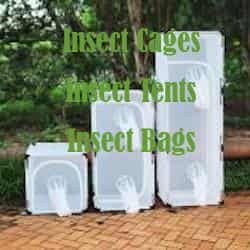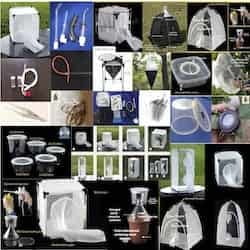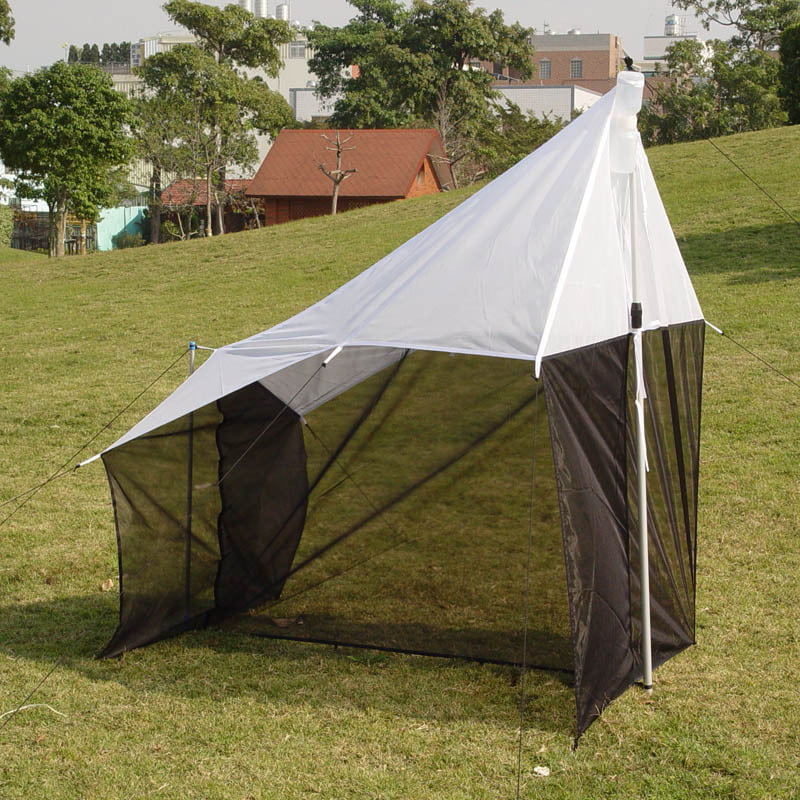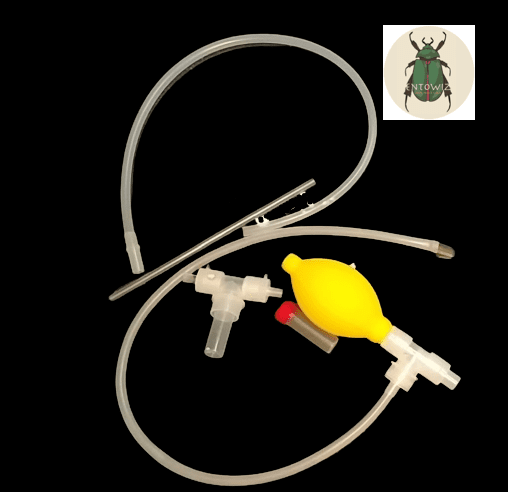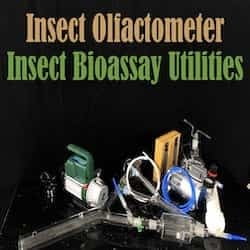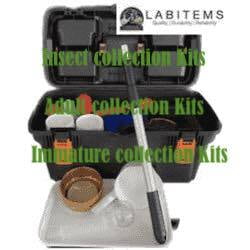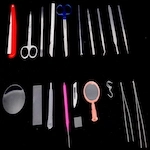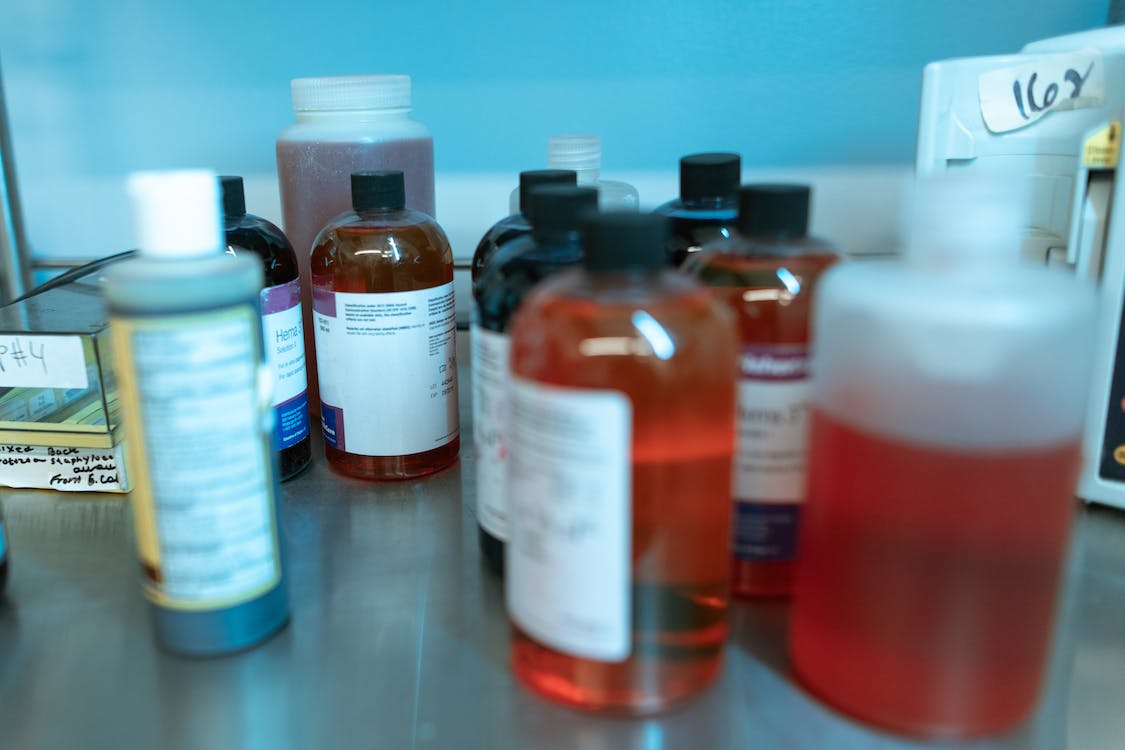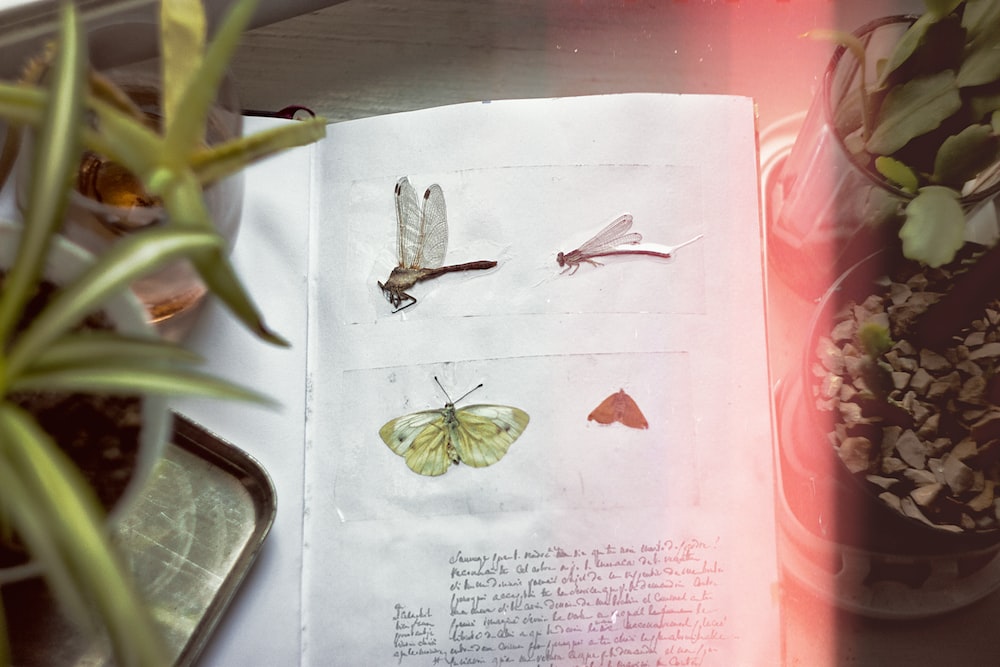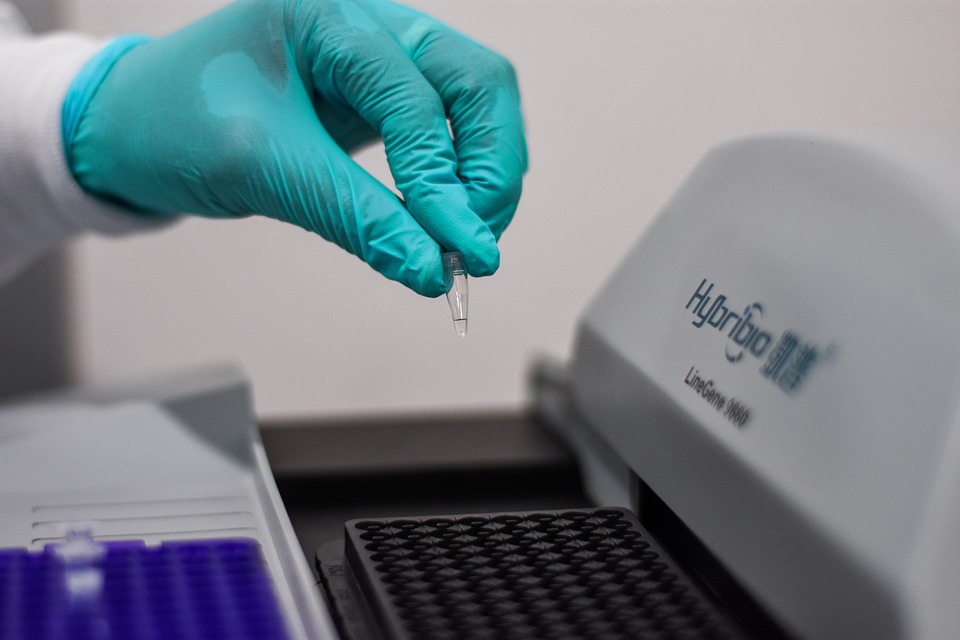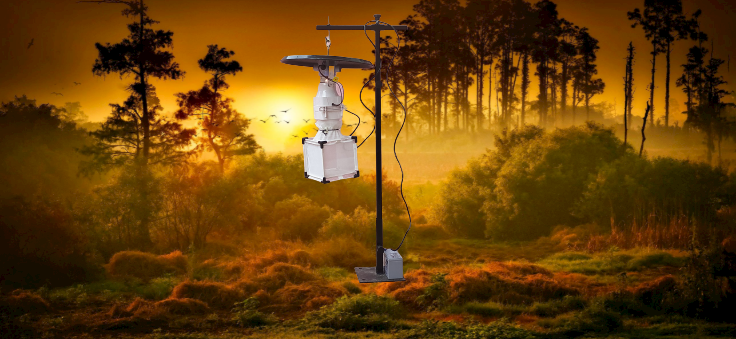
Vitamin E 100 gms
Vitamin E, an antioxidant, can be a valuable addition to some insect diets. It shields insect cells from damage caused by free radicals, potentially improving survival rates, especially for longer-lived insects during rearing. Studies suggest it might even enhance reproduction in certain species. However, its use is not widespread yet. Some diets might already contain enough vitamin E from natural sources like wheat germ or yeast extract. Overall, vitamin E holds promise for specific insects, but its wider use in artificial diets awaits further exploration.
Although not a commonplace ingredient, vitamin E can offer some advantages in insect artificial diets. Functioning as an antioxidant, it has the potential to shield insect cells from free radical damage, potentially improving survival rates, particularly for insects with longer lifespans during rearing [1]. Studies even suggest that vitamin E supplementation in insect diets might enhance reproduction in certain species [2]. However, its current use is limited. Most artificial diets don't routinely include it, and more research is needed to determine the optimal usage for different insect species. Supplementation with vitamin E might be more relevant for species known to be susceptible to vitamin E deficiency or those with specific needs like improved reproduction [2]. Additionally, some diets may already contain sufficient vitamin E from natural sources present in ingredients like wheat germ or yeast extract [3]. In summary, vitamin E holds promise for specific insects, but its widespread use in artificial diets awaits further research on optimal application and the specific insect species that would benefit most.
References:
- Chambers, D. L., Wright, V. L., Ndiaye, D., & Sinclair, C. R. (2000). Dietary restriction as an anti-aging intervention: prolonged lifespan and remaining fitness in female houseflies (Musca domestica). Experimental Gerontology, 35(6-8), 736-747. https://pubmed.ncbi.nlm.nih.gov/10937322
- Liu, Z., Gong, Q., Wu, Y., Xi, J., Li, S., & Lei, C. L. (2014). Effects of vitamin E concentrations on sex ratio of Pimpla turionellae L. (Hymenoptera: Ichneumonidae). Journal of Insect Science, 14(1), 140.[https://academic.oup.com/ serangga/advance-article-abstract/10.1093/jisesa/ieu034](https://academic.oup.com/ serangga/advance-article-abstract/10.1093/jisesa/ieu034)
- Chakravorty, S., Ghosh, S., & Verma, P. K. (2014). Evaluation of different artificial diets for mass rearing of the lac insect, Kerria lacca (Hemiptera: Tachardiidae). Journal of Insect Science, 14(1), 142. https://agriarticles.com/wp-content/uploads/2022/06/E-02-03-122-401-403.pdf

